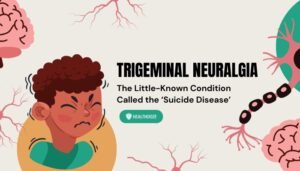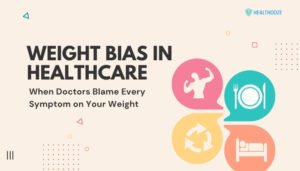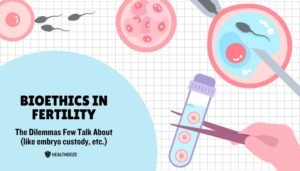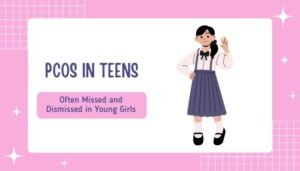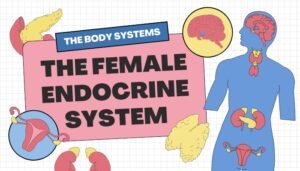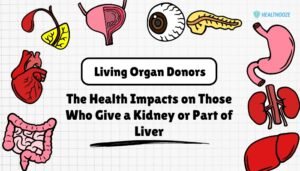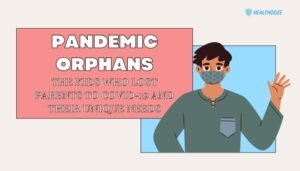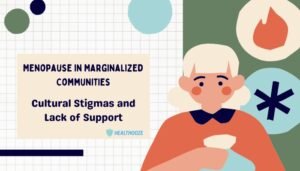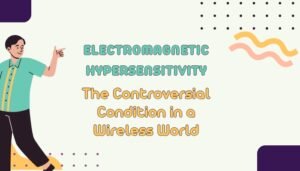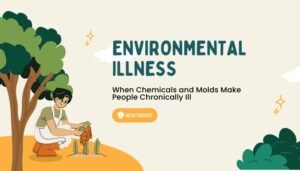Trigeminal Neuralgia: The ‘Suicide Disease’ That Causes Excruciating Facial Pain
Introduction Trigeminal neuralgia is often called the “suicide disease” due to the piercing, shock-like facial pain it inflicts, which can push sufferers to emotional extremes. Unlike standard headaches or mild nerve twinges, trigeminal neuralgia attacks deliver abrupt waves of agony...
Read MoreWeight Bias in Healthcare: When Doctors Blame Every Symptom on Your Weight
Introduction Weight bias in healthcare refers to the negative attitudes and stereotypes directed toward individuals with higher body weight by healthcare professionals. This bias often results in patients’ symptoms being automatically attributed to their weight, regardless of underlying causes. Although...
Read MoreBioethics in Fertility: The Dilemmas Few Talk About (like embryo custody, etc.)
Assisted reproductive technologies (ART) such as in-vitro fertilization (IVF), egg freezing, sperm donation, and surrogacy have transformed the landscape of family building. While these advances bring hope to millions of people struggling with infertility, they also raise profound bioethical questions...
Read MorePCOS in Teens: Often Missed and Dismissed in Young Girls
Introduction Polycystic Ovary Syndrome (PCOS) is one of the most common endocrine disorders in females, yet it remains underdiagnosed and undertreated in adolescents. Affecting an estimated 5–10% of teenage girls globally, PCOS involves a combination of menstrual irregularities, hormonal imbalances,...
Read MoreHormonal Imbalance in Men: Low Testosterone Isn’t the Only Issue
Introduction When people think of hormonal imbalance in men, low testosterone (“Low T”) is usually the first and only hormone that comes to mind. While testosterone deficiency is indeed common and can cause fatigue, reduced libido, muscle loss, and mood...
Read MoreLiving Organ Donors: The Health Impacts on Those Who Give a Kidney or Part of Liver
Introduction Living organ donation has transformed modern medicine by shortening transplant waiting times and improving survival for recipients. The two most common types are living kidney donation (one kidney is removed) and living liver donation (a segment of the liver...
Read MorePandemic Orphans: The Kids Who Lost Parents to COVID-19 and Their Unique Needs
Introduction The COVID-19 pandemic not only caused an unprecedented public-health crisis but also created a silent humanitarian emergency—thousands of children worldwide lost one or both parents to the virus. These “pandemic orphans” face profound emotional, social, and economic challenges. According...
Read MoreMenopause in Marginalized Communities: Cultural Stigmas and Lack of Support
Introduction Menopause can be a challenging, transformative phase for many women, marked by hot flashes, mood swings, and changes in reproductive hormones. However, for women in marginalized communities, these challenges often intensify due to cultural stigmas, minimal healthcare access, or...
Read MoreElectromagnetic Hypersensitivity: The Controversial Condition in a Wireless World
Introduction In an era brimming with smartphones, Wi-Fi routers, and other wireless devices, some individuals claim to experience adverse reactions—such as headaches, fatigue, or tingling—when exposed to electromagnetic fields (EMFs). Called Electromagnetic Hypersensitivity (EHS), this reported sensitivity sparks both scientific...
Read MoreEnvironmental Illness: When Chemicals and Molds Make People Chronically Ill
Introduction Some people appear hyper-sensitive to everyday chemicals, mold spores, or other environmental agents that most others tolerate. Known broadly as environmental illness or environmental sensitivities, these conditions can provoke a wide array of symptoms—from headaches and fatigue to serious...
Read More
